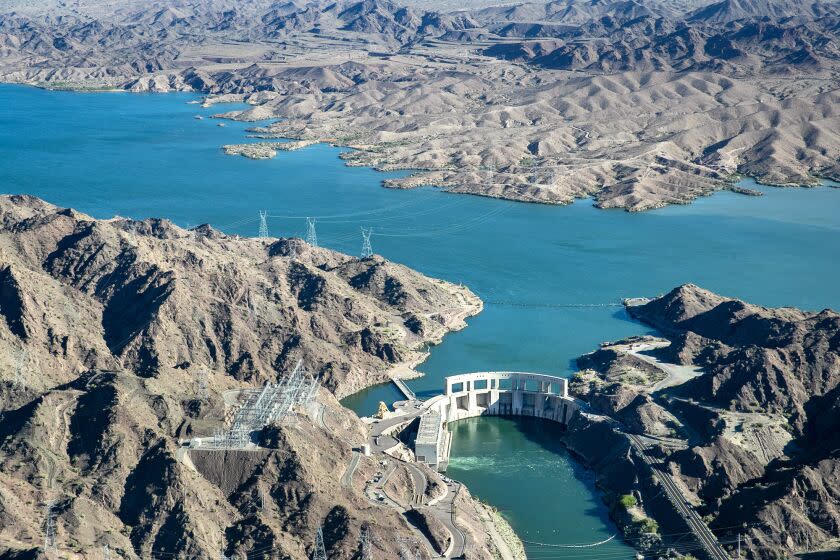Letters to the Editor: Colorado River pact isn't much of a solution. What L.A. must do to save the river

To the editor: While the announcement by the U.S. Department of the Interior regarding the proposed Colorado River conservation agreement is an important first step toward managing the river, it is a temporary solution.
The proposal relies heavily on payments to agricultural growers to save water — but not nearly enough water to protect the river over the long term. Finding a sustainable solution for the Colorado River will require long-term federal leadership and funding, plus a more integrated approach to water management.
The Los Angeles region relies on imported water for nearly two-thirds of its supply. To help reduce the region's reliance on the Colorado River, we must reduce water waste, reuse urban and stormwater runoff, recycle purified wastewater, and restore contaminated groundwater. These are all critical elements of a sustainable water future.
We can and must move toward water independence for both the sake of the Colorado River and our own future.
Justin Breck, Los Angeles
The writer is a fellow at Los Angeles Waterkeeper.
..
To the editor: The idea that this short-term solution represents a "big win" for California overlooks the public health impacts that changes in the Colorado River will bring. This "big win" only delays a sustainable solution, endangering the public health of communities that rely on the Colorado River for water.
As a Latinx public health professional, I fear for the well-being of marginalized communities that receive water from the Colorado River.
The river provides water for one-third of the Latinx population in the United States, as well as 30 tribal nations that live across the river basin. Many of these communities currently do not have enough drinking water, and this will only intensify if a more sustainable policy is not implemented to manage the river.
Centering these communities’ diverse voices in future discussions may help educate others about current water challenges and alleviate some of the problems that arise from changing water management.
Daniela Morales, Clovis, Calif.
..
To the editor: No politician is going to make the hard decision. But a great leader could. The fact that California's population is decreasing is prima facie evidence that it is unsustainable. And when one looks at the root cause of all the reasons why people are leaving, one arrives at water.
Considering that one person can live sustainably on about one acre of arable land, California is at its sustainable population limit. But California produces nearly half the food of the nation and it needs that water to do so. This is a problem.
The bottom line is, the Colorado River and all the other water sources will be in crisis until we step up to the plate and face the underlying cause of the crisis.
Gregg Ferry, Carlsbad
This story originally appeared in Los Angeles Times.

